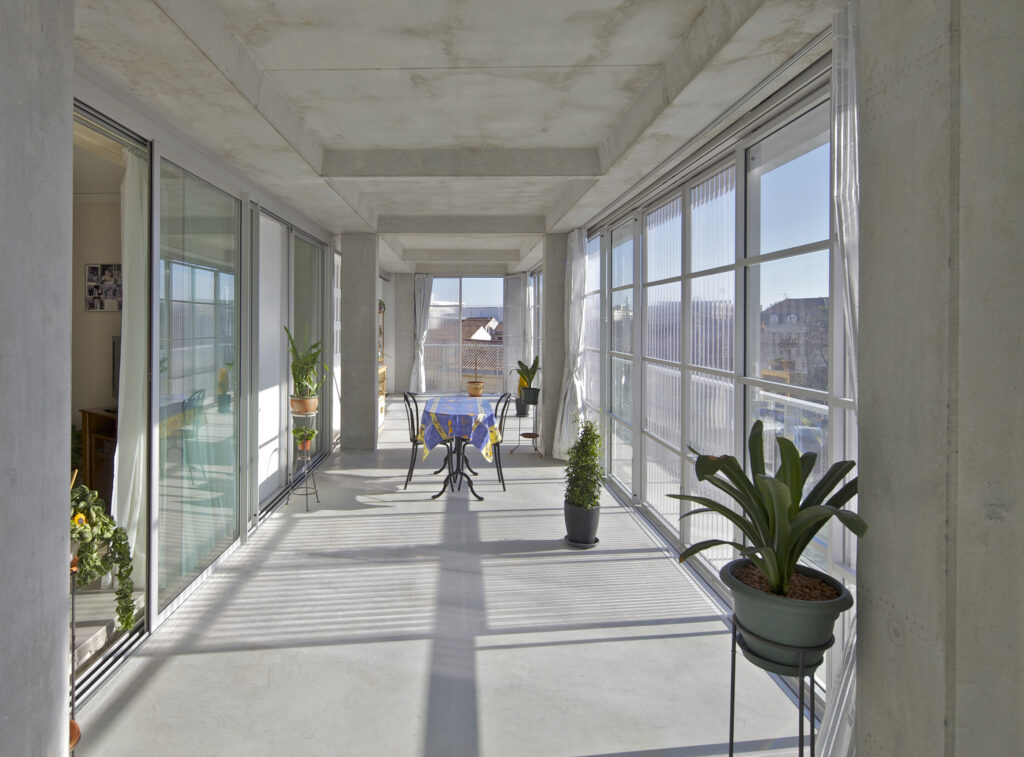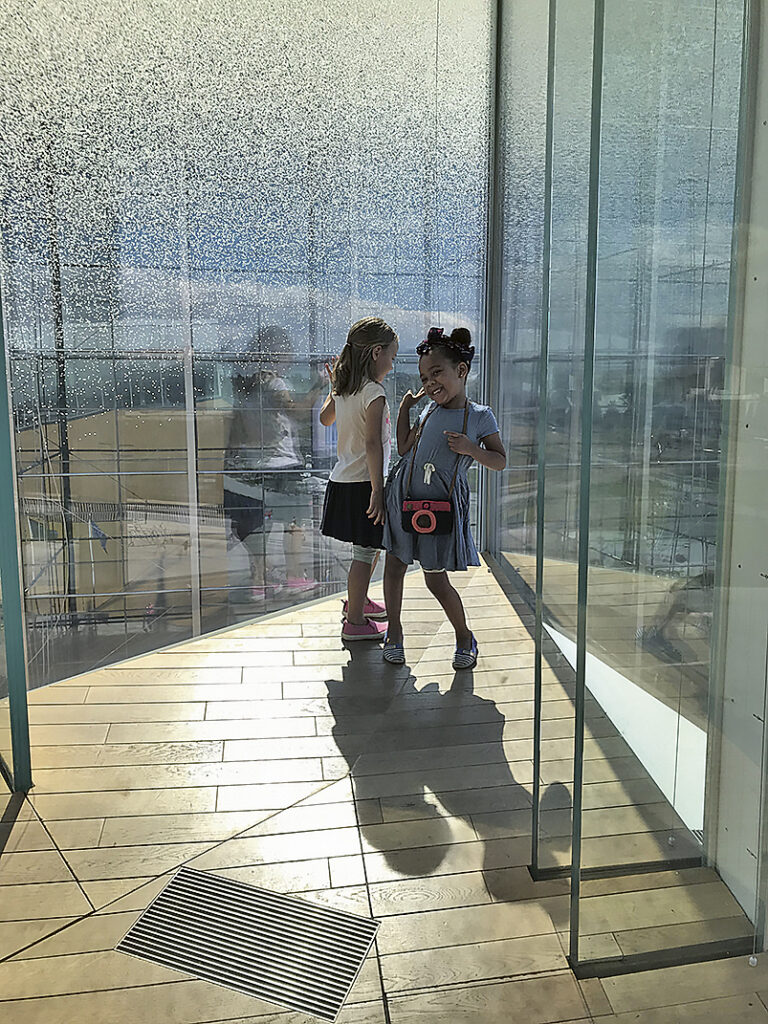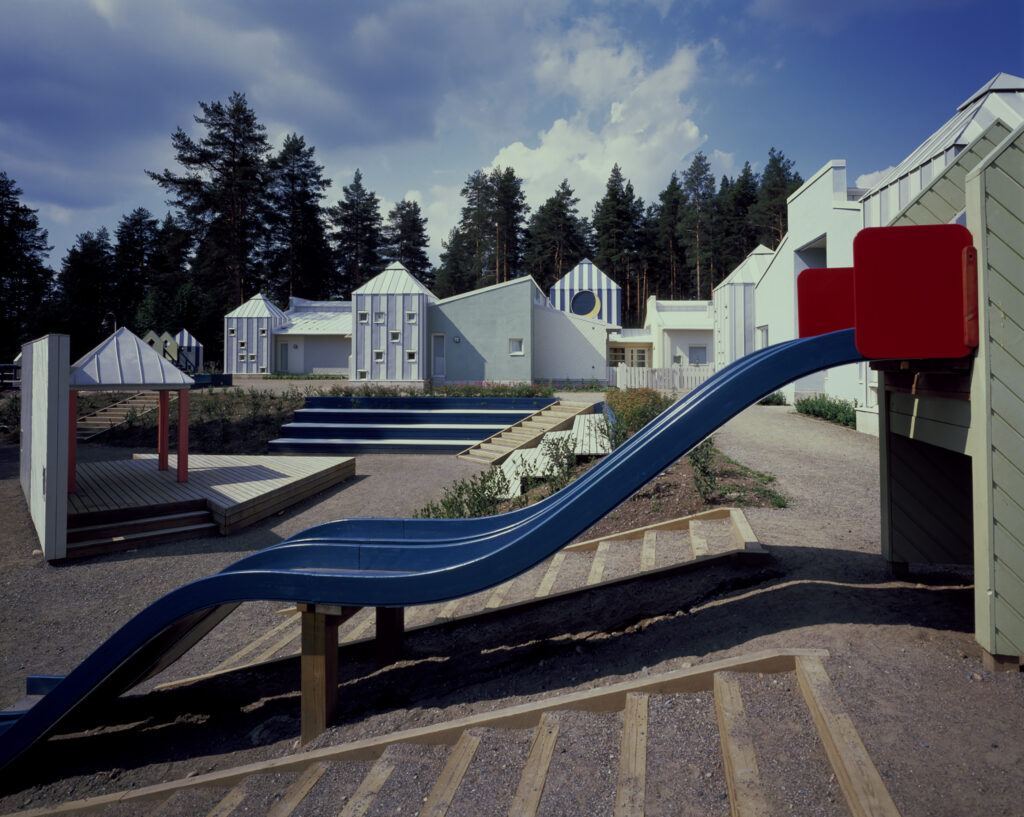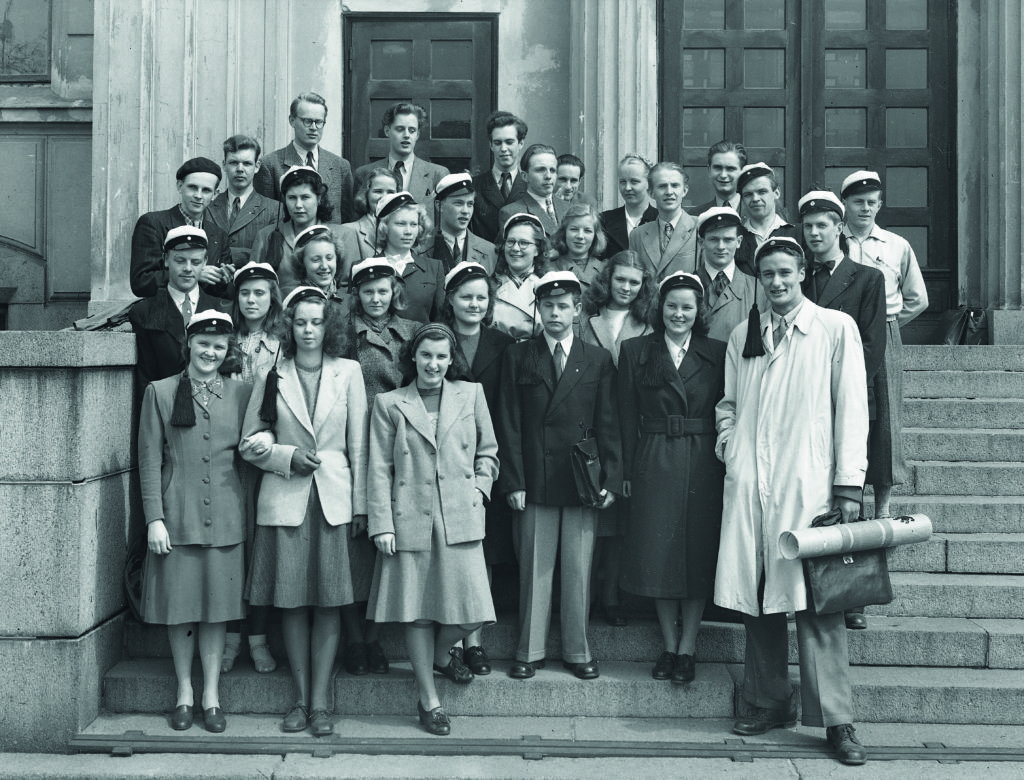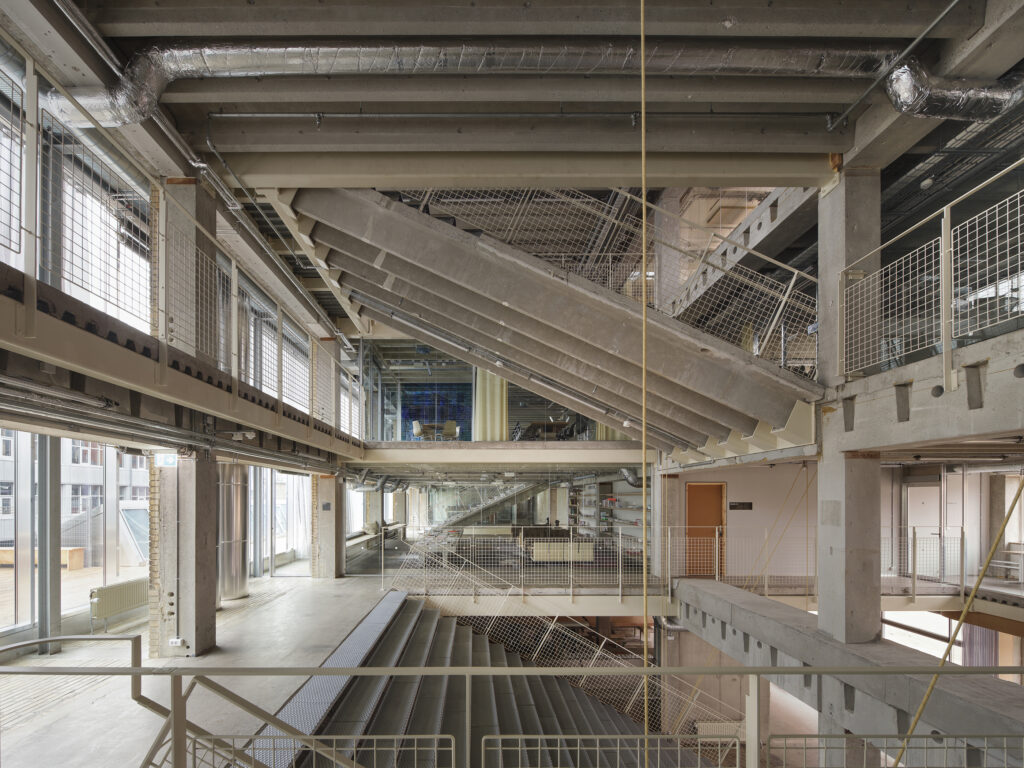A Comprehensive Disability Manifesto for Architecture
Accessibility is an inadequate reading of disability in architecture, sees David Gissen. The Architecture of Disability re-examines the history and theory of architecture through the lense of disability.
David Gissen: The Architecture of Disability. Buildings, Cities, and Landscapes beyond Access. University of Minnesota Press 2023. 224 pages.

Disability is a phenomenon that is most often interpreted through accessibility in architecture. A new historical-theoretical book titled The Architecture of Disability by David Gissen, designer and professor of architecture, builds an ample understanding of the meanings of disability in architecture, moving beyond accessibility.
Accessibility is a functionalist and mechanistic design challenge that is solved by a designer. According to David Gissen, the achievements of accessibility activists and designers in the history of architecture are undisputed, but still, accessibility is an inadequate reading of disability. This critical book determines disability as a phenomenon that is inseparable from architecture in terms of the history of ideas and manages to turn things that have been taken for granted into new positions.
Monuments, nature, urbanisation, the aesthetics of architecture, interior environments, tectonics – the six thematic chapters of the book reflect recent accessibility debates as well as key dimensions in architectural theory. The essay-like analyses support the leading idea of the book: the concepts of the human body and architecture have become intertwined in multiple ways. There is a historical and theoretical conception of humanity embedded in architecture, based, above all, on an ideal of able-bodied people. Gissen analyses the history of architecture and ideas, tracking and offering interpretations that deal with disability. The piece indicates that the inclusion of the disability perspectives in the study of architecture is meaningful and creates new thinking.
The book does not provide a clear definition for disability but is, to a large extent, based on critical conceptions of disability. These conceptions regard disability as humanity that is defined as being exceptional or inadequate by culturally dominant attitudes. The piece also perceives disability as a feature that is worth embracing and as a cultural perspective. In the introduction of the book, David Gissen separates the concept of an impairment and the, possibly, following definition of a disabled person in society. In his text, Gissen carries some experiences related to his own impairment.
Disabled people are also needed in architecture and in the study of architecture.
The argumentation by Gissen has been carefully constructed, and it is challenging and open. For instance, the fifth chapter dealing with interior environments touches on modern architecture that has brought in increasing amounts of sunlight, the creation of indoor temperature standards, the early ventilation experiments by Le Corbusier, the cooling mechanisms of the human body and the conception of human beings that prevails in environmentalism. A critical analysis of these themes, based on disability, reveals the historicalness of current architectural norms and, on the other hand, the impossibility of their universality. Gissen questions, for instance, whether physiological comfort can be a spatial quality.
Throughout the piece, David Gissen carries out a critical, even provocative, re-reading regarding thinkers and sites that are familiar to those who have immersed themselves in the history and theory of architecture. In addition to Le Corbusier, Gissen also comments, for instance, on the Acropolis of Athens, the etchings by Giovanni Battista Piranesi, the theory of the dérive supported by the Situationist International and the history of social housing in Vienna.
In his text, Gissen addresses other disabled people in a distinctive manner. As a non-disabled reader and professional, I find at least three ways of reading that appear to be important. First, a non-disabled person would not have been able to develop a kind of analysis that is presented in the book. Once again, it proves that disabled people are also needed in architecture and in the study of architecture. Second, a book that has been written from a critical position expands the established theoretical understanding of architecture, providing challenges and surprises. And, in the end: the piece pays attention to disability that has previously been poorly understood in the field of architecture, building an architecture of disability. ↙
MARJA RAUTAHARJU
Architect and doctoral researcher in history.
